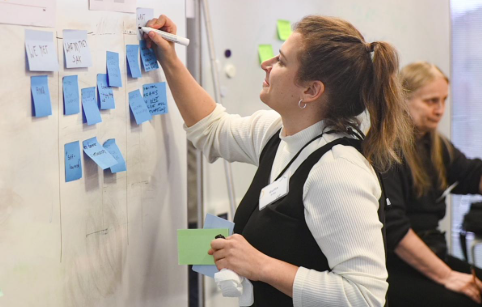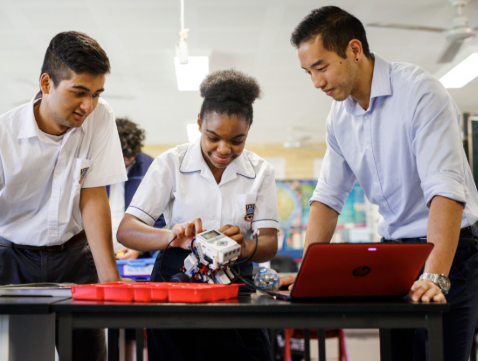Creativity is not limited to the arts—it is a valuable skill across all disciplines, from engineering and business to science and education. In higher learning, fostering creativity encourages innovation, critical thinking, and personal expression. By creating environments where students can explore ideas and challenge conventions, colleges and universities help unlock the full potential of learners. Here’s how creativity is being nurtured in higher learning programs and why it matters.
1. Encouraging Interdisciplinary Learning
Combining knowledge from different fields sparks new ideas. Programs that integrate disciplines—such as design and technology or science and ethics—promote creative problem-solving and fresh perspectives.
2. Offering Open-Ended Projects
Assignments that require students to develop original solutions or create unique presentations allow for deeper engagement. These projects inspire students to think independently and apply what they’ve learned in innovative ways.
3. Supporting Artistic Expression
Even in non-arts programs, creative outlets like writing, storytelling, design, and media production can enrich learning. Electives and extracurricular activities give students space to explore and express themselves.
4. Promoting a Growth Mindset
Instructors who encourage experimentation and view mistakes as learning opportunities foster resilience and creativity. This mindset helps students take intellectual risks and push boundaries.
5. Using Technology to Enhance Imagination
Digital tools such as virtual labs, design software, and multimedia platforms empower students to build simulations, models, or creative content that brings their ideas to life.
6. Creating Collaborative Environments
Team projects and group discussions provide opportunities to share diverse viewpoints and co-create solutions. Collaboration often leads to more innovative outcomes than individual work alone.
7. Featuring Real-World Challenges
Case studies, simulations, and community-based projects allow students to apply knowledge to real issues. This relevance motivates students to devise original approaches with practical impact.
8. Hosting Innovation Labs and Maker Spaces
Hands-on environments like innovation labs encourage students to tinker, prototype, and test new ideas. These spaces are equipped with tools and materials that make creativity tangible.
9. Encouraging Independent Study and Research
Allowing students to pursue self-directed research or creative capstone projects lets them dive deeply into topics they are passionate about. These experiences often lead to unique discoveries and expressions.
10. Recognizing and Celebrating Creative Work
Showcasing student achievements through exhibitions, publications, or competitions motivates learners and affirms the value of their creative efforts across disciplines.
Conclusion
Unlocking creativity in higher learning programs transforms education into an active, empowering experience. When students are encouraged to imagine, explore, and innovate, they become more engaged and better prepared to address complex challenges in any field. By integrating creativity into the curriculum and culture of higher education, institutions cultivate learners who think beyond boundaries and shape the future.














